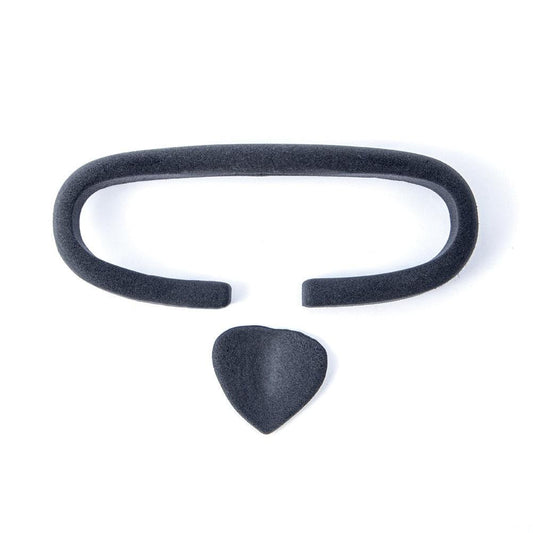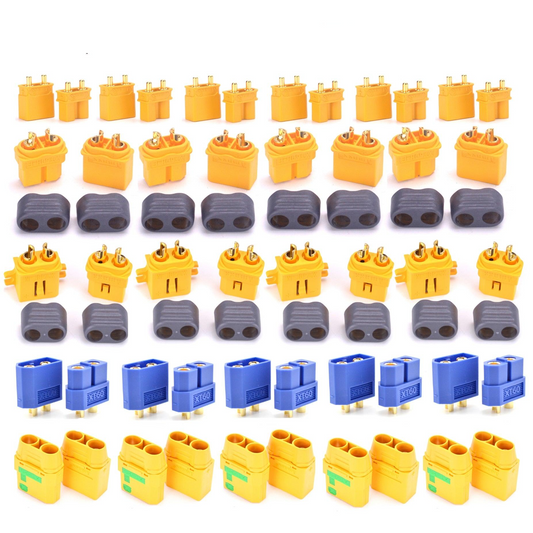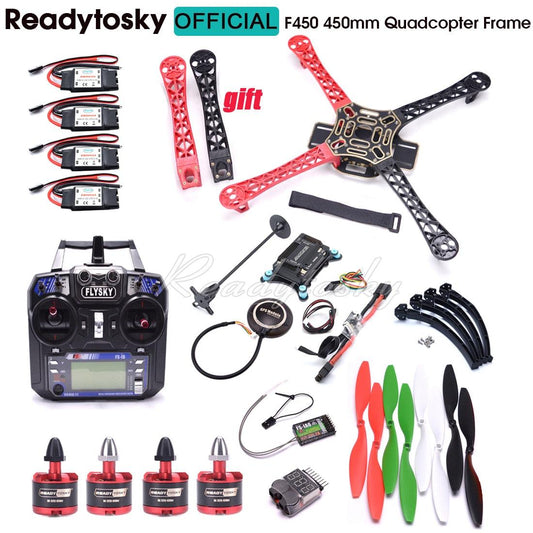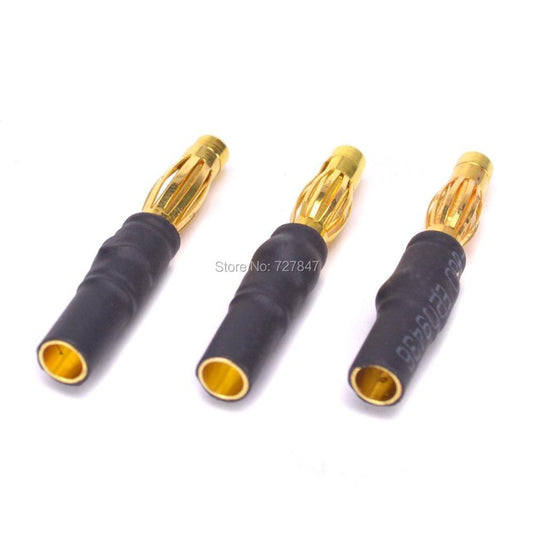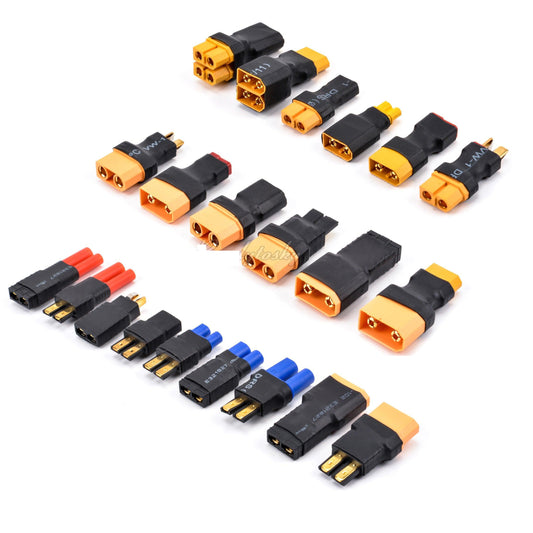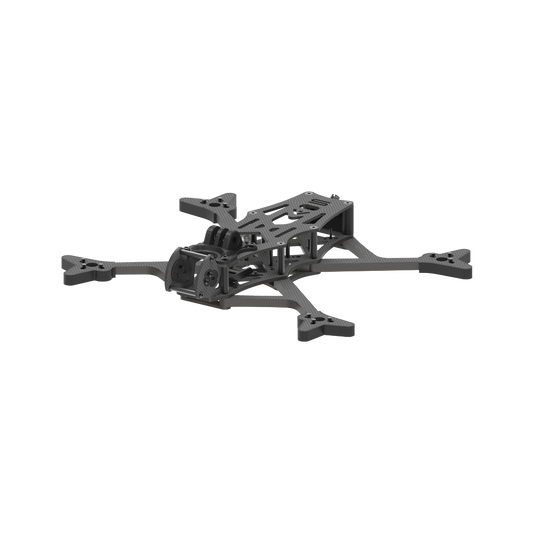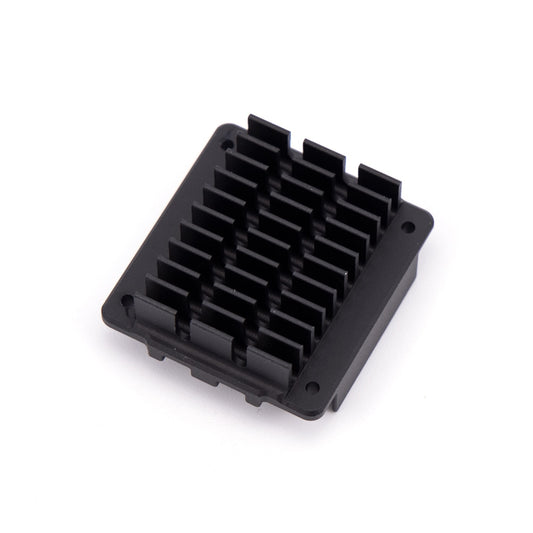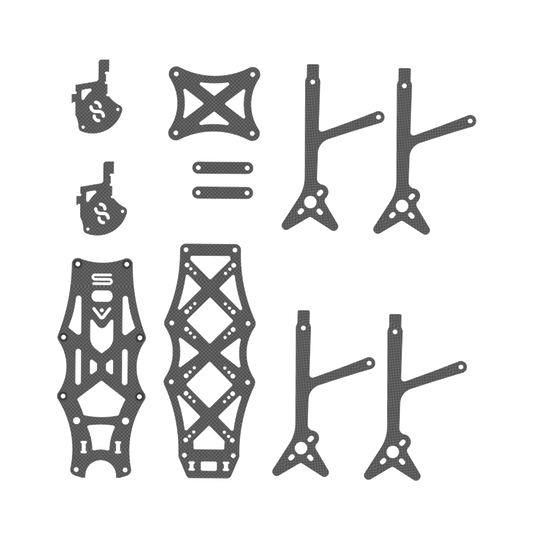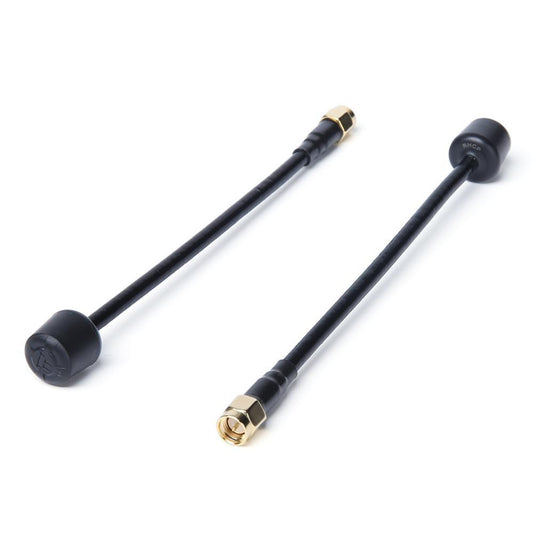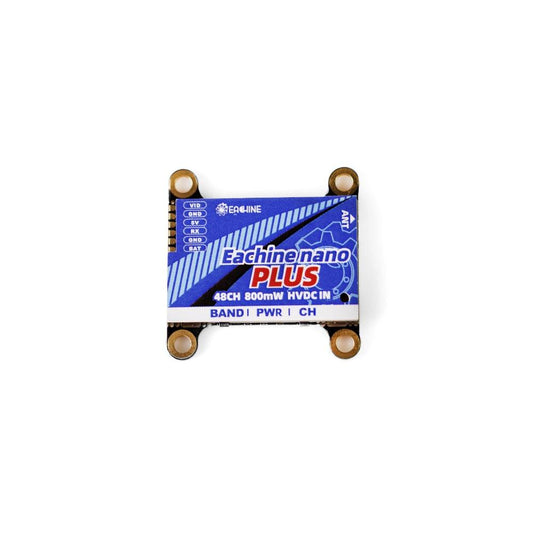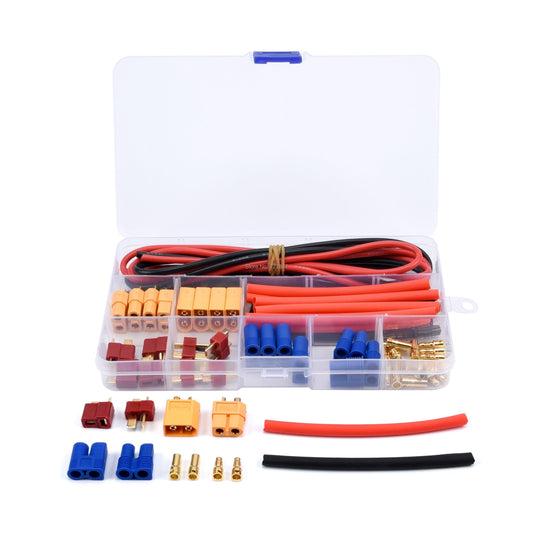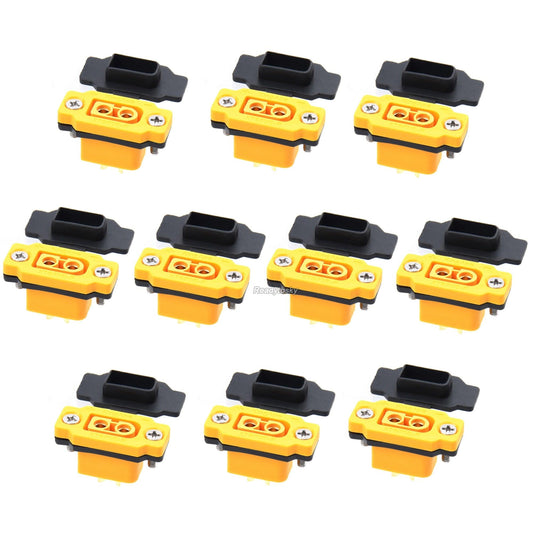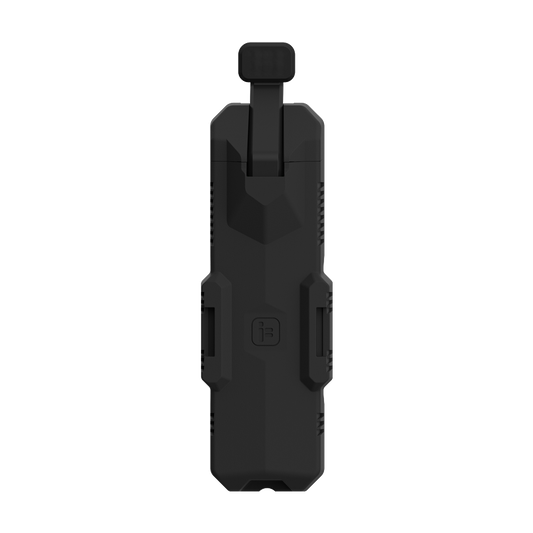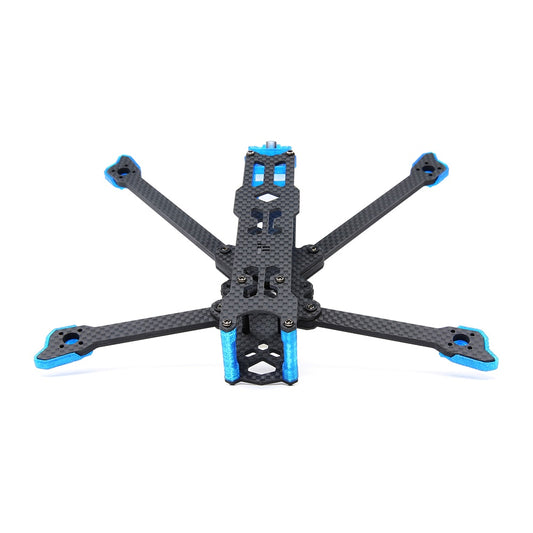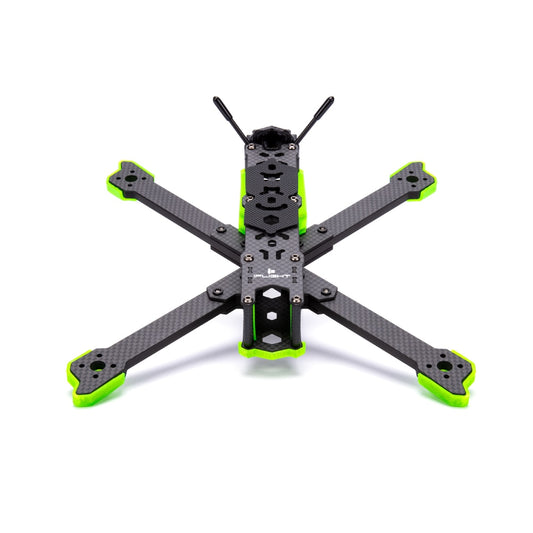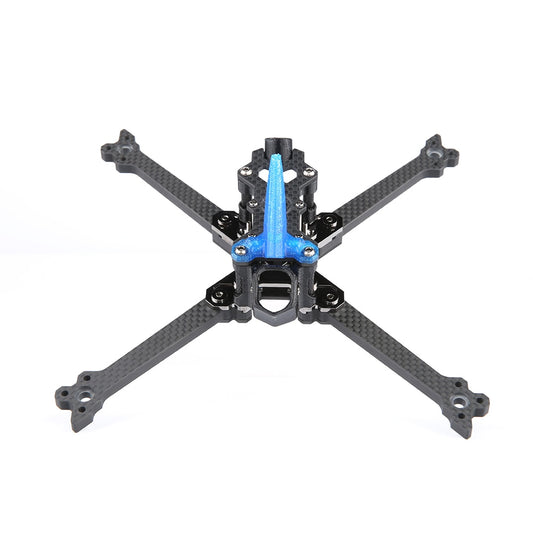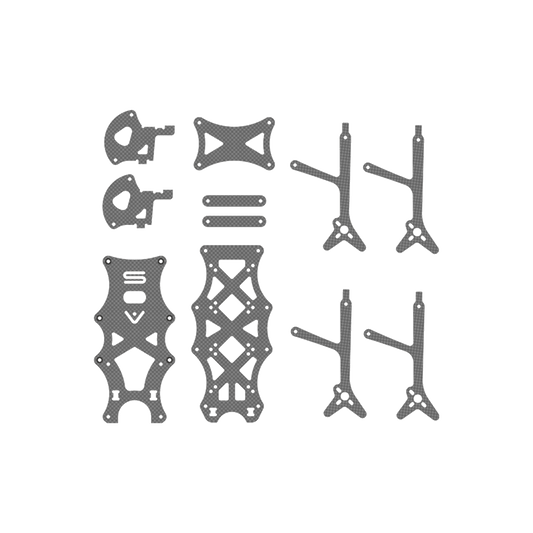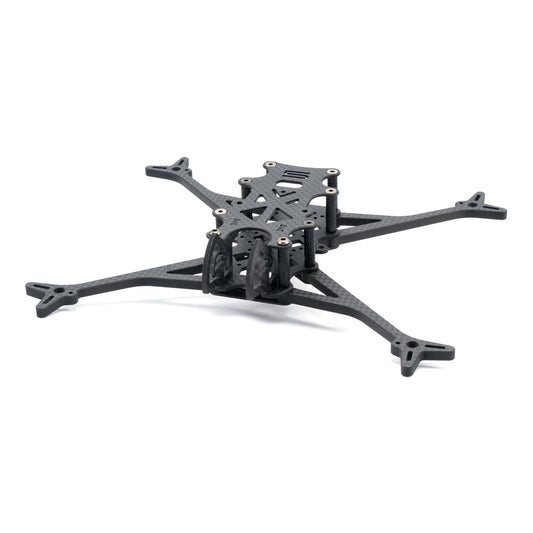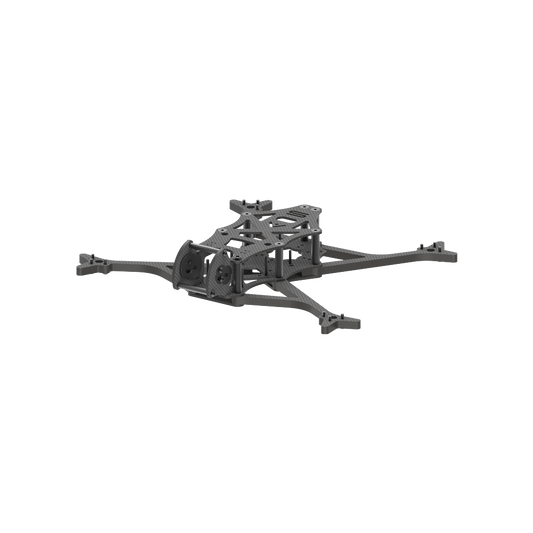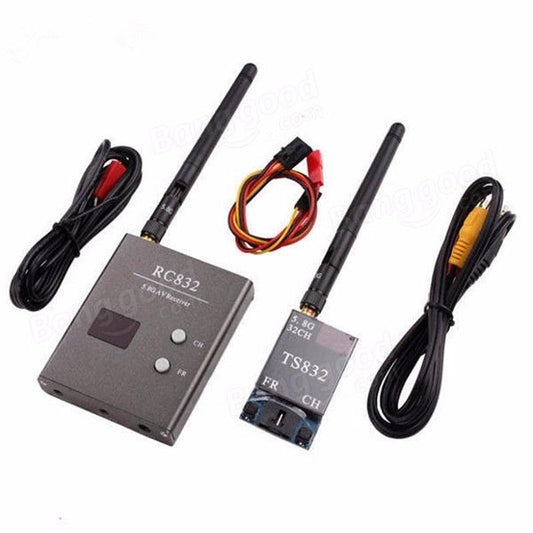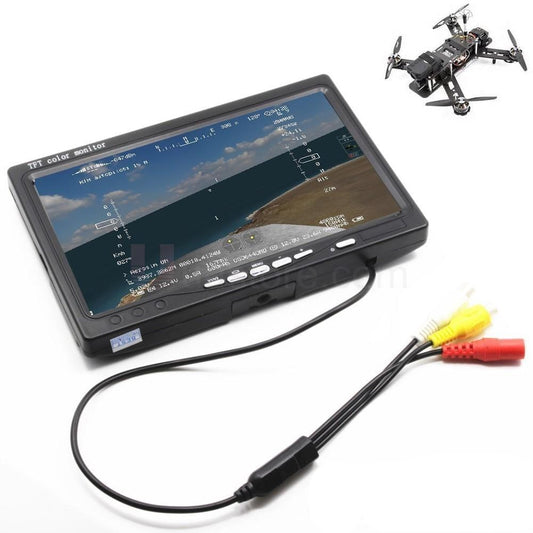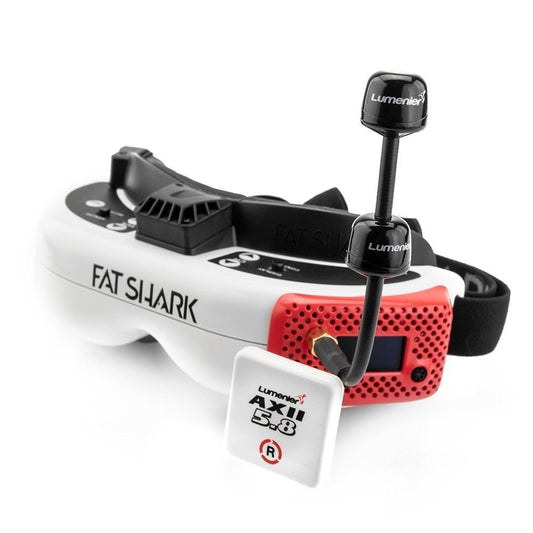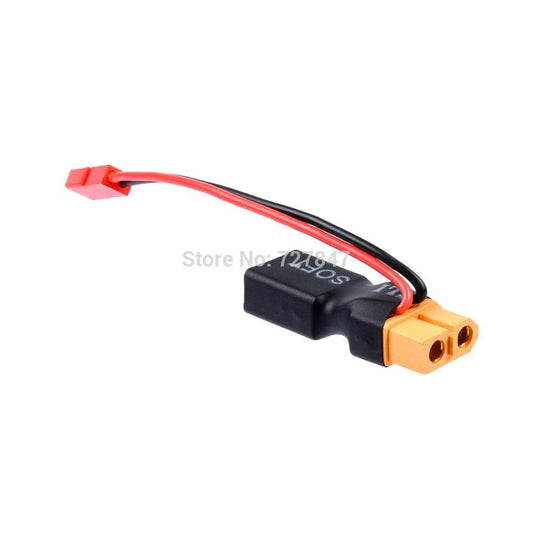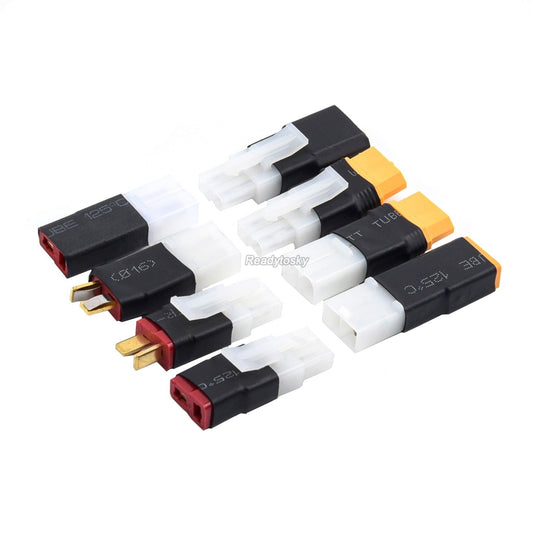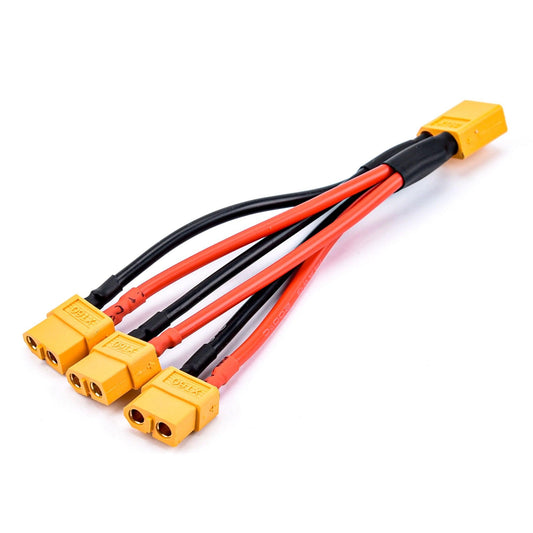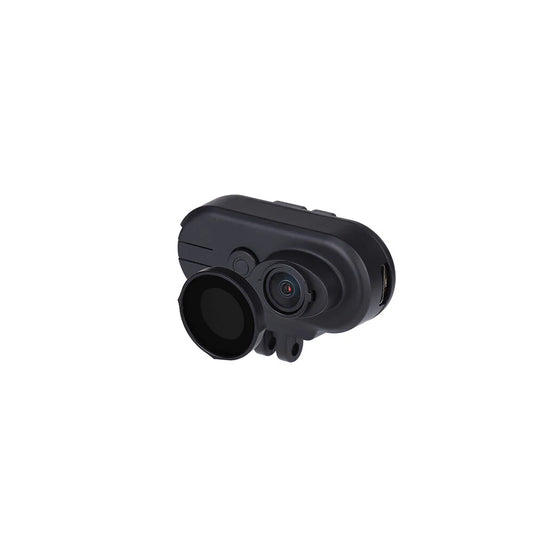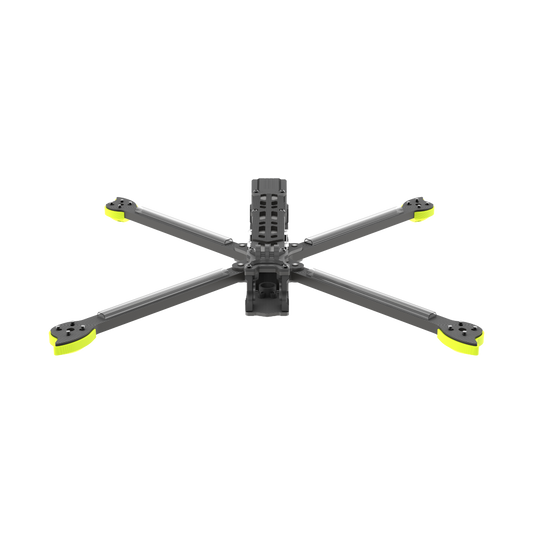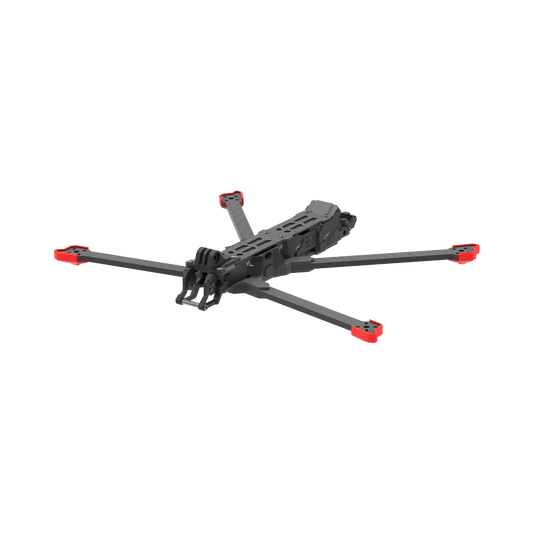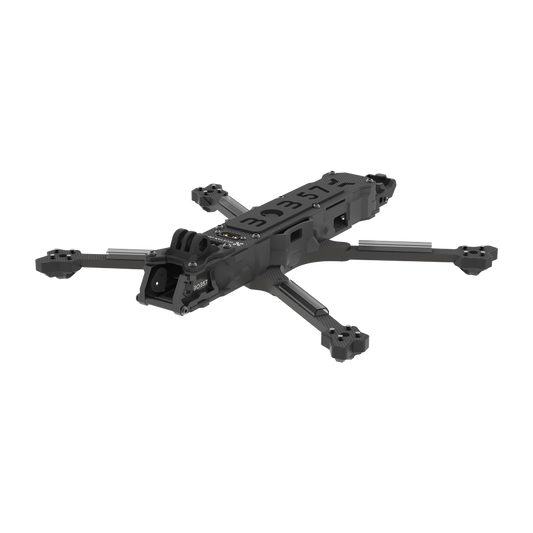-
iFlight Replacement FPV Goggles Sponge Foam Padding for DJI Goggles 2
Regular price $22.44 USDRegular priceUnit price per -
FPV Drone Connector Plug - 5 / 10 Pairs High Quality XT30 XT30U MR30 XT60 XT60H MR60 XT60PW XT90 XT90S Connector Plug for Battery Quadcopter Multicopter
Regular price From $16.33 USDRegular priceUnit price per -
F450 450mm Quadcopter Frame Kit w/ APM2.8 Flight Controller 7M GPS 30A Simonk ESC 2212 920KV Flysky FS-i6 IA6 For RC Quadcopter
Regular price From $102.05 USDRegular priceUnit price per -
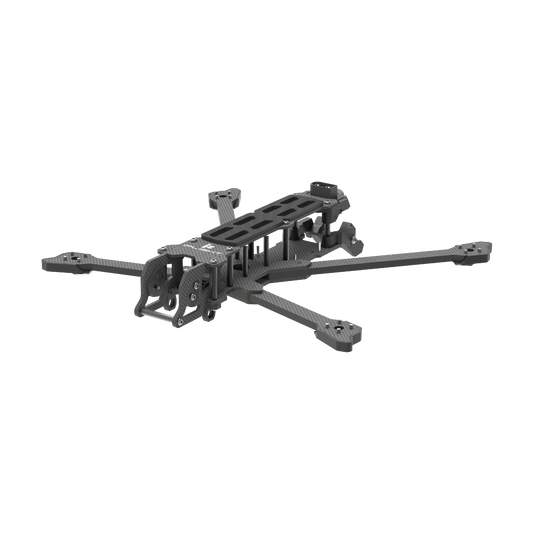
iFlight Chimera5 Pro V2 225mm Wheelbase 5 inch Frame Kit with 4mm arm for Long Range Drone Parts
Regular price $58.70 USDRegular priceUnit price per -
3.5mm Female to 4.0mm Male Gold Bullet banana Connector Adapter for ESC / Motor Part Good Quality
Regular price From $21.21 USDRegular priceUnit price per -
Adapter XT30 XT60 XT90 TRX T Plug Deans EC5 EC3 Female to Male HXT 4MM Connectors Plug RC Lipo Battery Control Parts DIY FPV Drone Accessories
Regular price From $8.12 USDRegular priceUnit price per -
iFlight AOS 5 EVO V1.2 220mm Wheelbase 5 Inch FPV Frame Kit with 6mm arm for Freestyle
Regular price $98.70 USDRegular priceUnit price per -
iFlight Anti Spark Filter / Single Antenna TPU/Dual Antenna TPU /O3 Air Unit Heatsink for Chimera7 Pro V2 / Nazgul FPV parts
Regular price From $14.01 USDRegular priceUnit price per -
iFlight AOS 5 O3 5 Inch FPV Frame Replacement Parts for middle plate/top plate/bottom plate/1pc arm/1pair camera side plates
Regular price From $14.01 USDRegular priceUnit price per -
iFlight Albatross 5.8GHz Antenna - 3Dbi 5000-6000MHz 150mm RHCP / LHCP RP-SMA / SMA FPV Antenna for FPV drone part
Regular price From $14.77 USDRegular priceUnit price per -
Eachine Nano Plus FPV VTX Video Transmitter - 5.8GHz 48CH 800mW Transmitter for RC Racing Drone Plane FPV Drone DIY Kit Accessories Support Microphone 6-36V FPV Goggle
Regular price From $53.58 USDRegular priceUnit price per -
FPV Drone Battery Charger Cable - XT30 XT-30 Female / Male Parallel cable wire Y lead 18AWG 10CM
Regular price From $16.97 USDRegular priceUnit price per -
Drone Battery Connector - Deans T Plug EC3 XT60 Male / Female Connector 14AWG Silicone Wire Heat Shrink Tubes for RC FPV Drone Car Lipo Battery
Regular price $15.16 USDRegular priceUnit price per -
XT60 Plug Connector - NEW XT60BE-F XT60E-F & XT60 / XT60H Model Airplane Battery Gold-Plated 30A High Current Safe Female Plug Connector FPV Accessories
Regular price From $8.92 USDRegular priceUnit price per -
iFlight Defender 25 Batteries 900mAh / 550mAh with XT30 connector for FPV parts
Regular price From $27.16 USDRegular priceUnit price per -
iFlight Chimera5 DC 219mm 5inch LR Frame Kit with 4mm arm compatible with Nazgul 5030 prop for FPV
Regular price $58.70 USDRegular priceUnit price per -
iFlight TITAN XL5 (HD) 250mm 5 inch FPV Frame with 6mm arm for FPV Freestyle drone part
Regular price From $72.75 USDRegular priceUnit price per -
iFlight Mach R5 215mm 5 inch FPV Racing Frame Kit with 6mm arm compatible with XING2 2506 1850KV motor for FPV
Regular price $71.94 USDRegular priceUnit price per -
iFlight AOS 3.5 O3 3.5 Inch FPV Frame Replacement Part for middle plate/top plate/bottom plate/1pc arm/1pair side plates/arm pad/antenna mount
Regular price From $12.71 USDRegular priceUnit price per -
iFlight AOS UL5 Freestyle 5 Inch FPV Frame Kit with 5mm arm
Regular price $73.12 USDRegular priceUnit price per -
iFlight AOS LR5 EVO 203mm Wheelbase 5 Inch FPV Frame Kit with 5mm arm for Freestyle
Regular price $79.13 USDRegular priceUnit price per -
Eachine RC832 Boscam FPV 5.8G 48CH Wireless AV Receiver - Professional Racer RC FPV Racing Drone RC Plane Kit Accessories
Regular price $35.18 USDRegular priceUnit price per -
NO blue 7" LCD Color 1024*600 FPV Monitor - Video Screen 7 inch Rc car Multicopter DJI Phantom ZMR250 QAV250 racing fpv drone
Regular price $53.10 USDRegular priceUnit price per -
1/2PC Lumenier Double AXII 2 5.8G 4.7dBiC RHCP Long Range FPV Antenna for RC Fatshark HDO Goggles ImmersionRC Rapidfire Receiver FPV Goggles
Regular price From $55.42 USDRegular priceUnit price per -
400mm X 200mm Real Carbon Fiber Plate Panel Sheets 0.5mm 1mm 1.5mm 2mm 3mm 4mm 5mm Thickness Composite Hardness Material
Regular price From $27.40 USDRegular priceUnit price per -
5Pairs / 10Pairs Gaoneng GNB27 GNB 27 Connector Female / Male Plug For RC Racing Drone Models Multicopter Fixed Board DIY Spare Part
Regular price From $20.26 USDRegular priceUnit price per -
2pcs XT60/XT30/JST/T Plug Charging Cable +2pcs JST-XH Balance Board For ISDT D2 P10 P20 Hota D6 P6 ToolkitRC M6D Balance Charger
Regular price From $19.80 USDRegular priceUnit price per -
30 Sets/Box Servo Connector Cable Wire Connector Male Female Kit with 26Awg Servo Cord for JR Style
Regular price $22.67 USDRegular priceUnit price per -
FPV Racing Drone Charger Adapter Cable - 20cm 16AWG 4.0mm Banana Plug XT60 to 18awg XT60 XT30 DC5.5 Charger Adapter Cable for IMAX B6 ISDT Charger
Regular price $18.35 USDRegular priceUnit price per -
Drone Battery Connector - XT60 Female to Male JST Male / Female in-line Power Adapter Lipo Connector for RC Battery Lipo
Regular price $16.28 USDRegular priceUnit price per -
Drone Battery Connector - TAMIYA Adapter Male Female to XT60 / T Plug Battery Conversion Dean Connector Accessories Parts For RC Aircraft Cars Helicopter FPV Drone
Regular price From $9.82 USDRegular priceUnit price per -
XT60 Parallel Drone Battery Connector - Male/Female Cable Dual Extension Y Splitter/ 3-Way 14AWG Silicone Wire for RC Battery Motor FPV Drone Accessories
Regular price From $8.73 USDRegular priceUnit price per -
Hawkeye Thumb 4K HD FPV Camera - With ND16 Filter FOV 170 Gyroflow Stabilization Remote Recording For FPV Rcaing Drone Quadcopter
Regular price From $90.27 USDRegular priceUnit price per -
iFlight XL10 V6 420mm 10 inch FPV Frame Kit with 8mm arm compatible with DJI O3 Air Unit / Caddx Vista HD System for FPV drone
Regular price $143.89 USDRegular priceUnit price per -
iFlight Chimera9 405mm Wheelbase 9 Inch FPV Frame Kit with 6mm arm for Long Range Drone
Regular price $168.96 USDRegular priceUnit price per -
iFlight BOB57 O3 278mm Wheelbase 6 Inch FPV Frame Kit with 6mm arm for Freestyle
Regular price $143.89 USDRegular priceUnit price per
